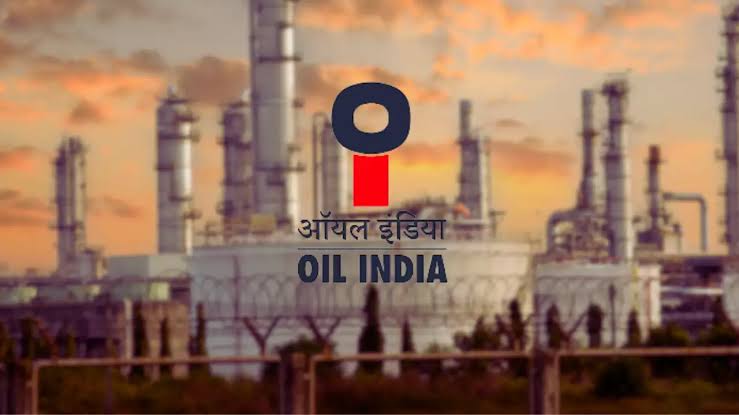 Image Source: Upstox
Image Source: Upstox
Oil India Limited (OIL), India’s state-owned oil major, announced its Q1 FY26 results for the April–June period, revealing a mixed performance as the company stood strong amid volatile global crude prices and delivered key operational advancements.
Introduction
On August 12, 2025, Oil India published its financial results for Q1 FY26. The announcement caught broad attention within the energy sector and equity markets, given the company’s status as a Maharatna and its critical role in India’s crude and natural gas output. Despite facing a sharp contraction in crude price realization, Oil India navigated Q1 with steady operational metrics and strategic progress.
Key Financial Highlights
-
Consolidated net profit for Q1 FY26 stood at ₹2,046.51 crore, nearly flat compared to ₹2,016.30 crore earned in the same quarter last year. Standalone net profit, however, fell sharply to ₹813.48 crore from ₹1,466.84 crore a year earlier, primarily due to a 22% decline in crude price realization, which dropped from USD 84.89/bbl to USD 66.20/bbl.
-
Revenue from operations was reported at ₹8,749.94 crore, marking a 6.4% fall compared to ₹9,350.89 crore in Q1 FY25.
-
Earnings Per Share (EPS) edged up slightly to ₹11.66 for Q1 FY26 versus ₹11.59 in Q1 FY25.
-
Margins compressed, moving to 29.6% from a previous 32.5%.
Operational Performance
Oil and oil equivalent gas (O+OEG) production reached 1.680 million tonnes in Q1 FY26, showing a slight dip from 1.689 million tonnes in Q1 FY25. This reflects the ongoing challenges of extracting resources from seasoned Northeast oilfields.
Downstream momentum was maintained, with Numaligarh Refinery Limited (NRL)—Oil India’s material subsidiary—achieving record crude throughput at 799,000 tonnes in the quarter, up from 764,000 tonnes last year.
Strategic Developments and Discoveries
Oil India made a notable hydrocarbon discovery at the Namrup-Borhat OALP block in Assam, an operational milestone expanding the company’s reserve base and future production outlook.
The company commenced gas production from the Bakhritibba Discovered Small Field (DSF) block located in Rajasthan’s Jaisalmer district. This development underlines Oil India’s continued success in exploration-led growth.
These advances in upstream capacity are expected to further strengthen OIL’s position in the sector and offer promise for future quarters.
Expense Analysis and Market Impact
Total expenses reached ₹7,225.13 crore for the quarter, a 3.2% increase from a year ago, reflecting higher cost pressures even as crude prices softened.
Oil India’s stock closed at ₹425.05 apiece on the BSE post-results, with the quarterly earnings shared after market hours. The stock displayed relative stability, outperforming the benchmark Nifty 50.
Analyst Sentiment and Outlook
Out of 21 market analysts, 17 maintain a ‘buy’ rating on Oil India, with an average 12-month consensus price target of ₹502.72—implying an 18.3% upside from current levels. The refinery’s robust performance and the new discoveries bolster mid-term growth prospects, despite near-term headwinds from subdued pricing.
The company’s focus remains on nation’s energy security, efficient production from aging fields, and aggressive exploration to unlock further reserves.
Summary Points
-
Flat consolidated net profit at ₹2,046.51 crore with a sharp drop in standalone profit due to crude price slump.
-
Revenue and operational margins declined; expense pressures persist.
-
Production volumes held steady amid challenges, with important new hydrocarbon finds and additional gas output heralding future growth.
-
Numaligarh Refinery strengthened downstream performance and supported the group.
-
Analyst views stay positive, expecting upside as new projects reach maturity and prices stabilize.
Source: Business Standard, Millennium Post, CNBCTV18, and others.
Advertisement
Advertisement





